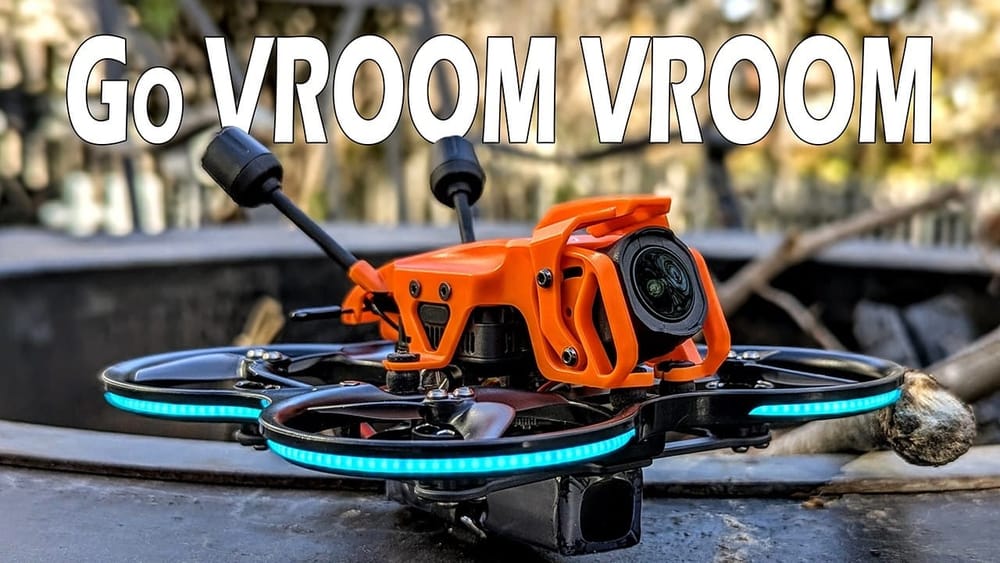This micro cine-whoop matters because it pairs a DJI O4 Pro mount with a damped floating canopy, aiming for smooth footage without a heavy quad. TL;DR: it films very steady, but pilots must adapt technique and accept some fragility.
Specs and first impressions

The flight controller is an all-in-one Taker F405 with a 20A ESC and built-in ExpressLRS receiver. USB access works via a supplied USB-C dongle rather than a direct port on the board.
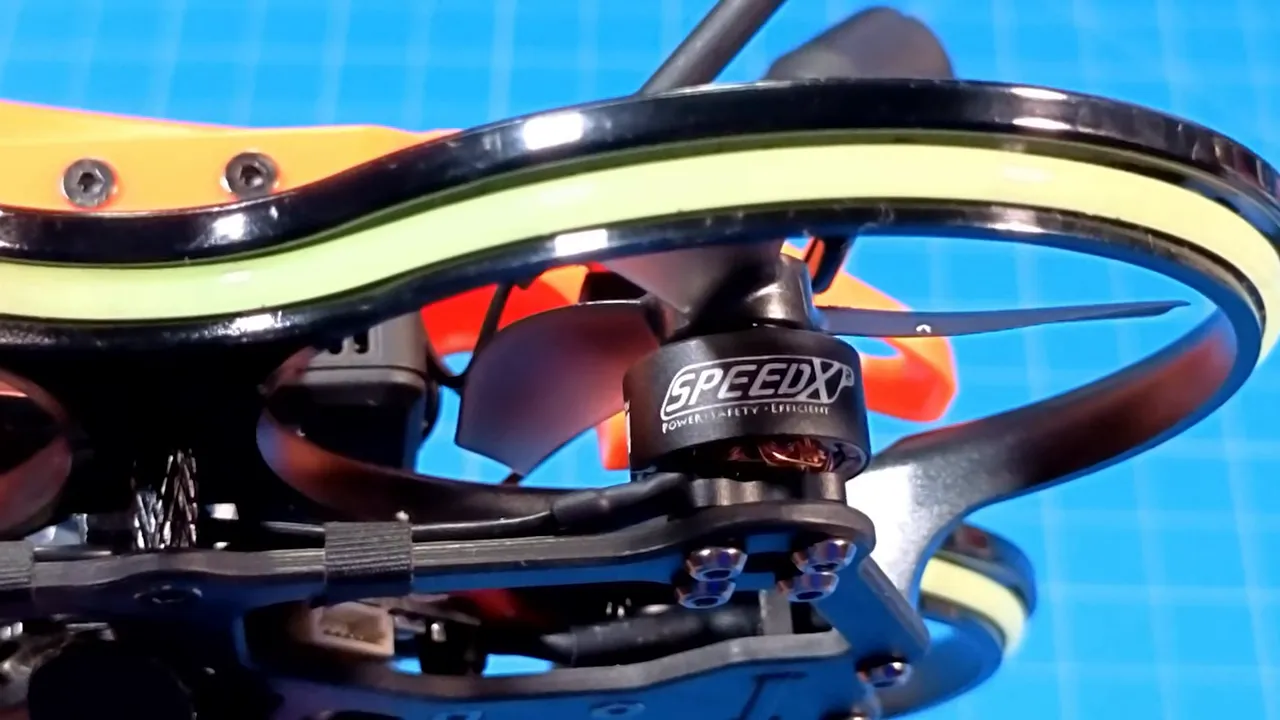
Motors are Geprc Speedix X2 1104 7500KV spinning Gemfan GP2219 tri-blade props. The frame molds an XT30 into the rear bottom plate and uses 2mm carbon fiber undertray for protection.
Box contents and build quality

The package includes extra props, a battery strap, a small toolkit, a handful of rubber dampers and stickers. The canopy mounts on five soft points for vibration isolation.

Measured dry weight sits around 127 grams. With batteries fitted it ranges widely: some 720 mAh packs push the total toward 180 grams, whereas 450 to 550 mAh packs keep it closer to 167 to 170 grams.
Flight times across batteries
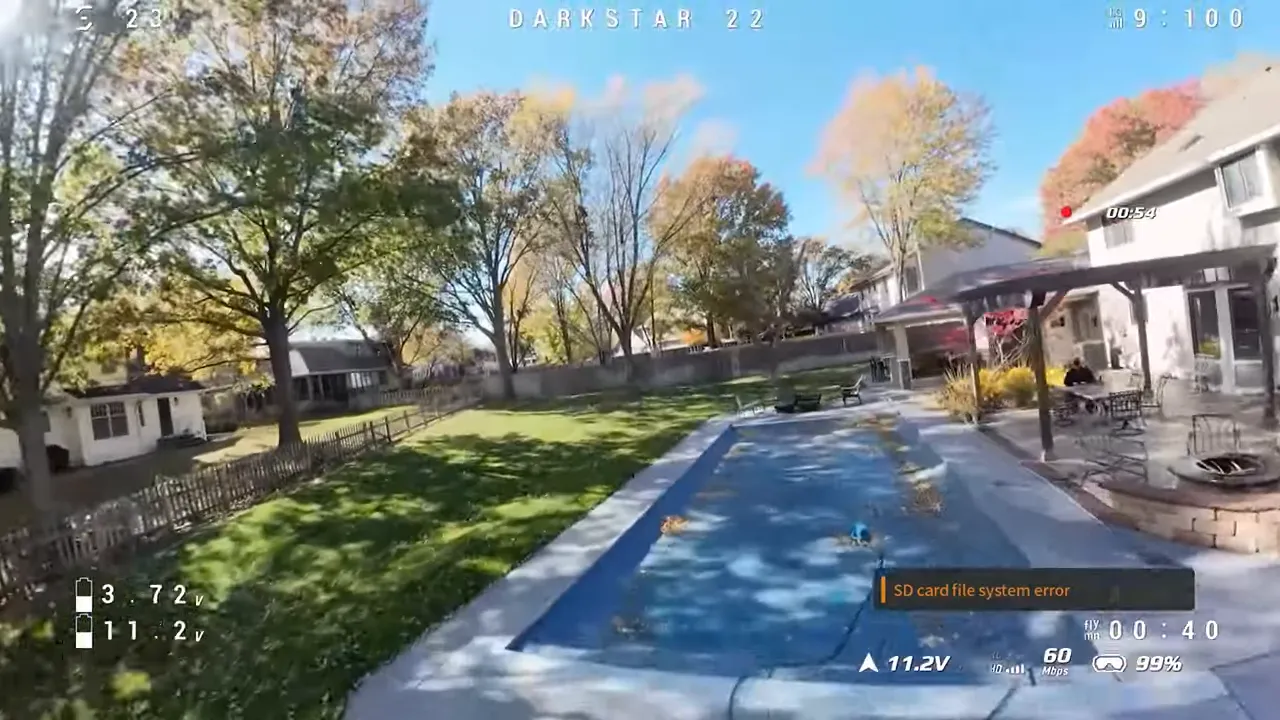
Flight times vary by battery and wind. Reported figures during tests in breezy conditions: ~6:20 on a heavier 720 mAh, ~5:50 on a lighter 720, ~5:35 on a 550 mAh, and ~4:25 on a 450 mAh in long, relaxed cruises.
- GNB 720: 6:20 (heavy pack)
- GepRC 720: ~5:50 (lighter pack)
- BetaFPV Lava 550: 5:35 (surprisingly efficient)
- Lava 450: 4:25 in flat cruising flight
Freestyle handling and pilot technique
This is a lightweight micro built for smooth shots and casual freestyle. The tester prefers aggressive flying but used smaller batteries for punchy sessions, accepting two to four minute packs.
Prop wash shows during power loops. The solution is pilot technique more than firmware patchwork: modulate throttle through loops, smooth transitions, and allow the airflow to stabilise before aggressive inputs.

Battery mass matters. Heavier packs change inertia and can alter how prop wash manifests. Expect a short learning curve when switching between 450, 550, and 720 mAh cells.
Rocksteady performance and footage quality

The O4 Rocksteady processing dramatically smooths goggle DVR output for cinematic shots. Jitter and wind show on raw DVR, but Rocksteady cleans motion artifacts substantially.
This setup suits B-roll, slow cinematic pans and interior cruises. Rocksteady helps sell those smooth moves even when wind gusts or frame vibration appear in the raw feed.
Indoor noise and practical use
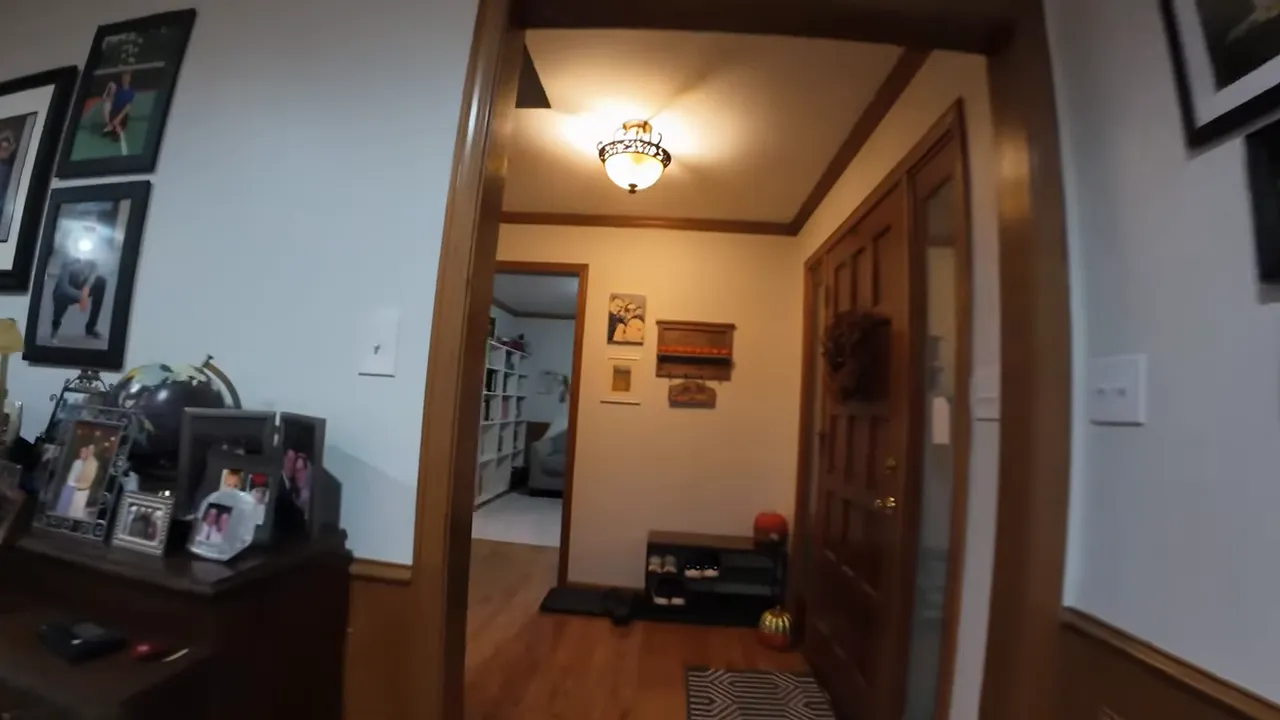
Indoors the quad can sound loud in tighter rooms — typical of small props and high RPMs. Sound matters for commercial shoots or living-room flights; expect a noticeable hum when circling close to ceilings.
Canopy dampening, durability and limits
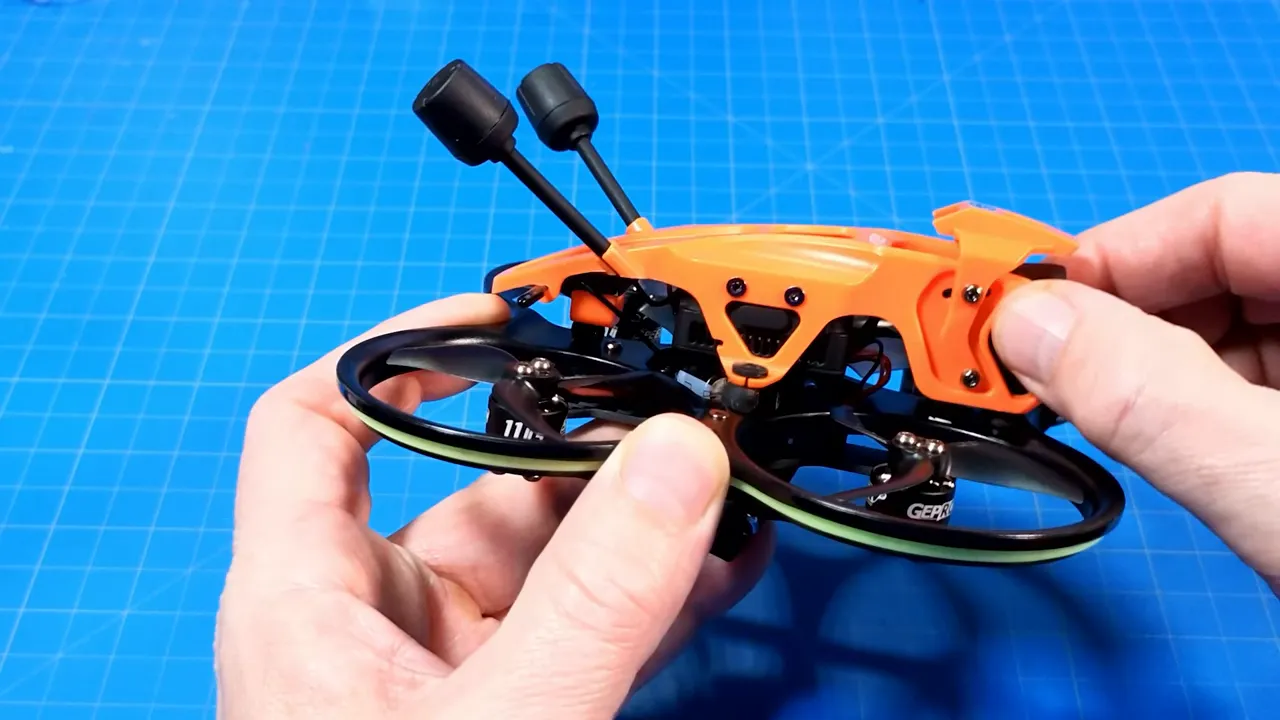
The canopy floats on rubber grommets to isolate camera vibration. That improves footage but introduces failure modes. Rubber can tear or pop in crashes and may stress connectors for the O4 and ELRS antennas.
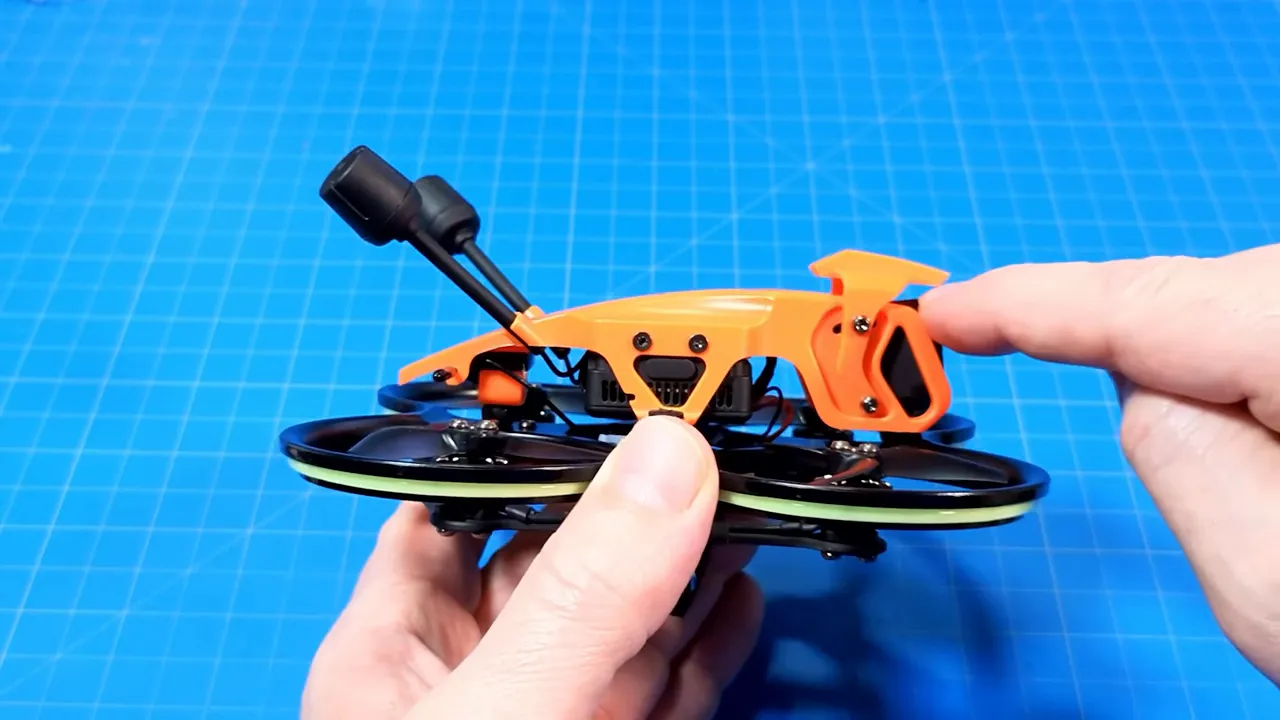
The hood secures to the camera and limits camera tilt. Removing the hood or loosening top screws lets pilots increase camera angle — albeit at the risk of hood intrusion into frame.
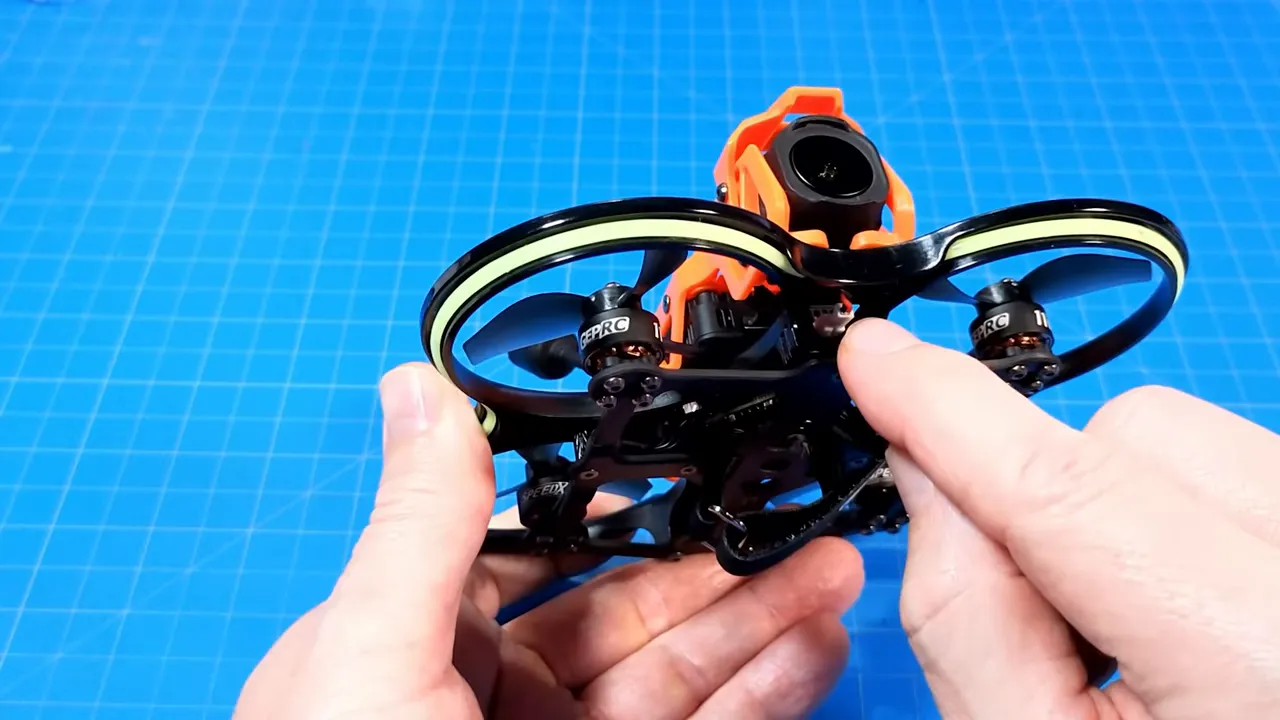
Prop protection mounts directly to molded plastic. The design avoids 3D-printed parts, which improves robustness over older micro whoop builds and trims weight without sacrificing basic protection.
Comparison and market position
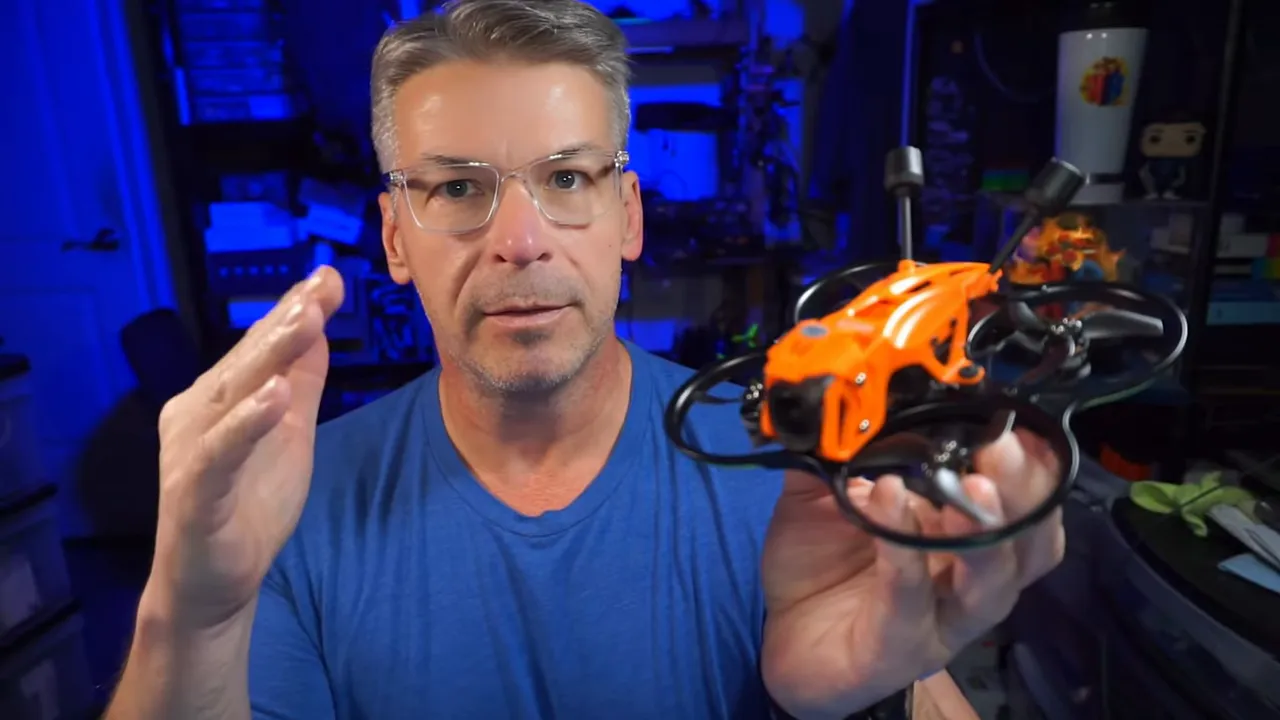
Closest competitor appears to be the Pavo 20 Pro. Both support the O4 Pro and run 2.2-inch props. The main hardware difference lies in canopy retention; the Pavo uses screws through brass inserts, which can secure the canopy more tightly.
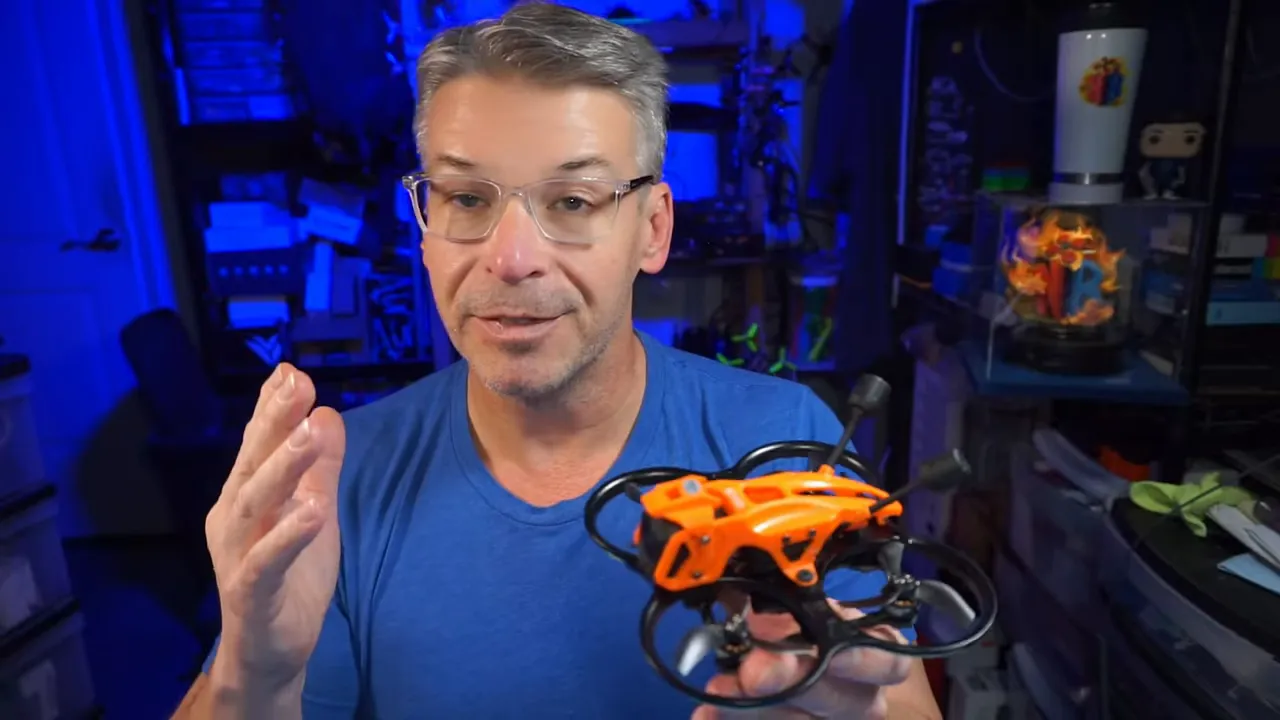
That screw retention reduces canopy separation in crashes but slightly limits floating movement. The DarkStar22 prefers more free float to damp vibrations but accepts the risk of separation under extreme impact.
Price, availability and shipping quirks
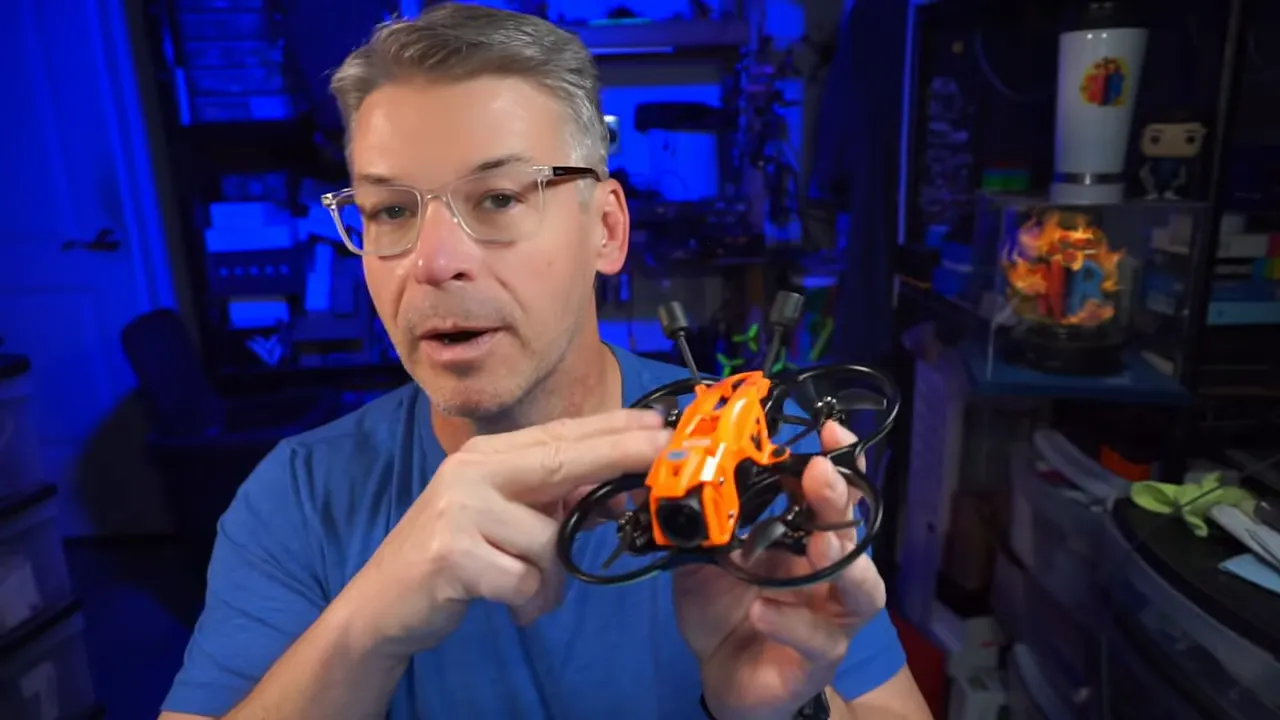
Pricing varies dramatically with O4 inclusion. Expect roughly $169 for a non-O4 kit and about $399 for the O4 Pro equipped kit. For some markets, buying a quad with O4 bundled is the easiest way to get DJI hardware.
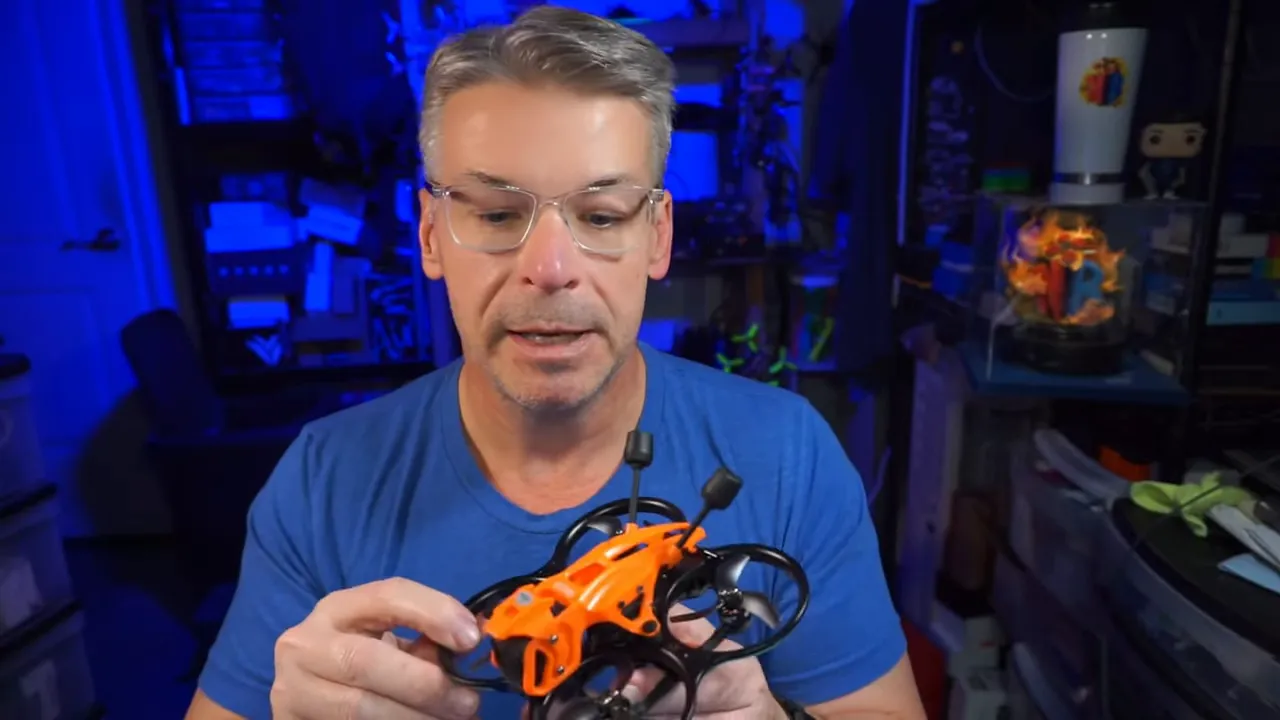
Standalone DJI items reportedly face shipping hoops in some regions. Bundled quads move more freely through the supply chain, so check local import rules before ordering just the camera or goggles.
Final verdict
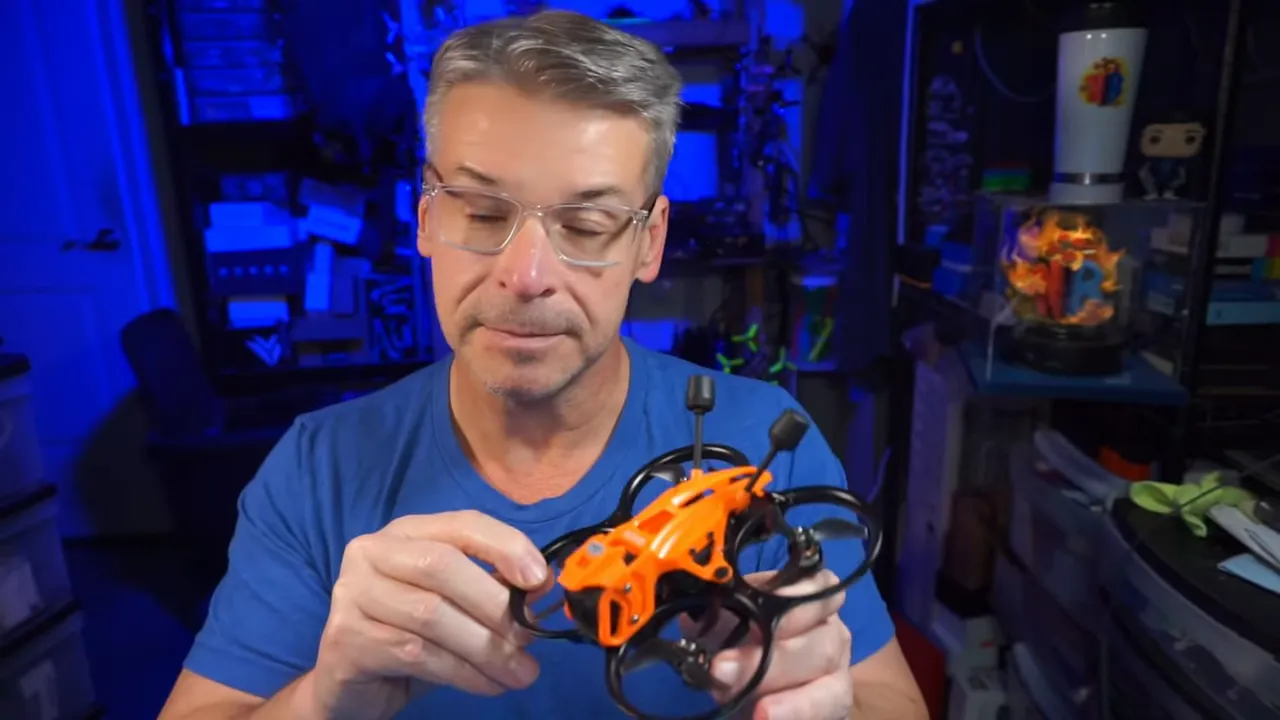
DarkStar22 O4 Pro targets pilots who prioritise smooth footage. It succeeds at cinematic stability but asks pilots to accept a learning curve for prop wash and some fragility around the damped canopy.
What flight times can pilots realistically expect with common batteries?
Expect about 4:25 with a 450 mAh in relaxed flight, 5:30 to 5:50 with 550 to 720 mAh packs, and up to 6:20 in calm conditions on heavier 720 mAh cells.
Does Rocksteady on the O4 Pro fix shaky footage completely?
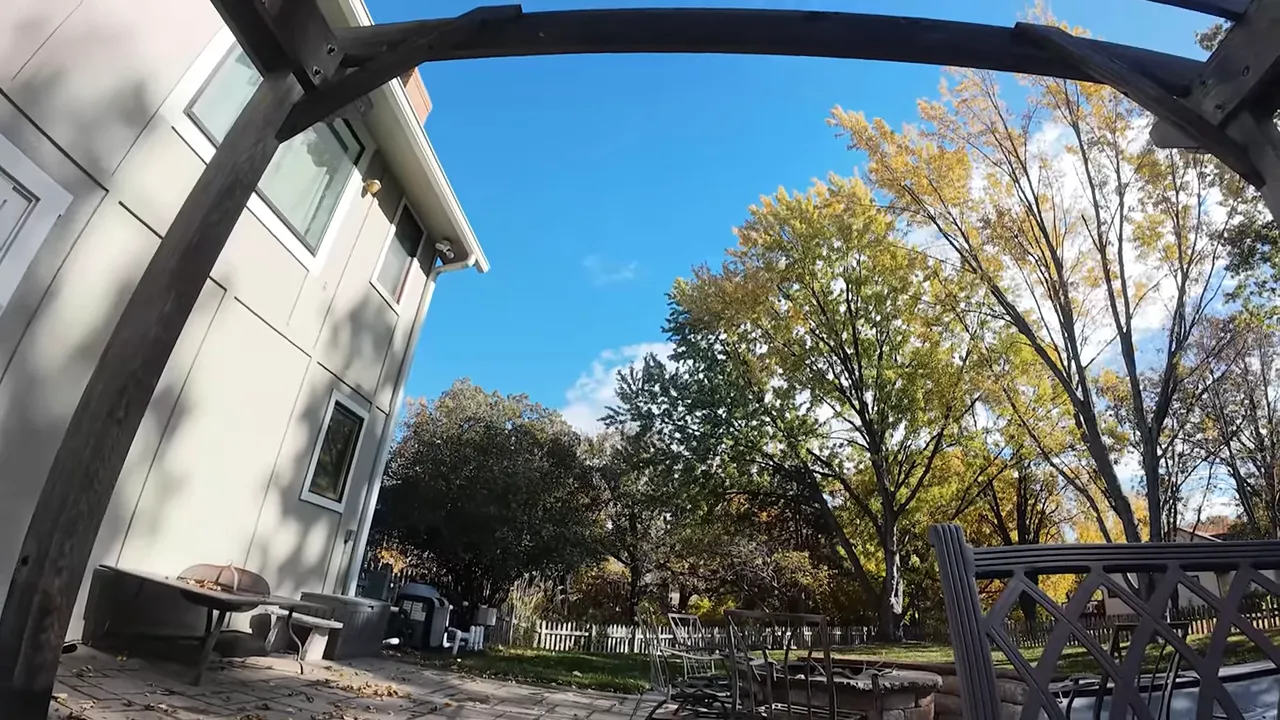
Rocksteady smooths a lot of jitter and wind-induced shake. It does not cure extreme prop wash or mechanical looseness. Good footage needs stable mounting and measured pilot inputs.
Is the floating canopy likely to fail during aggressive freestyle?
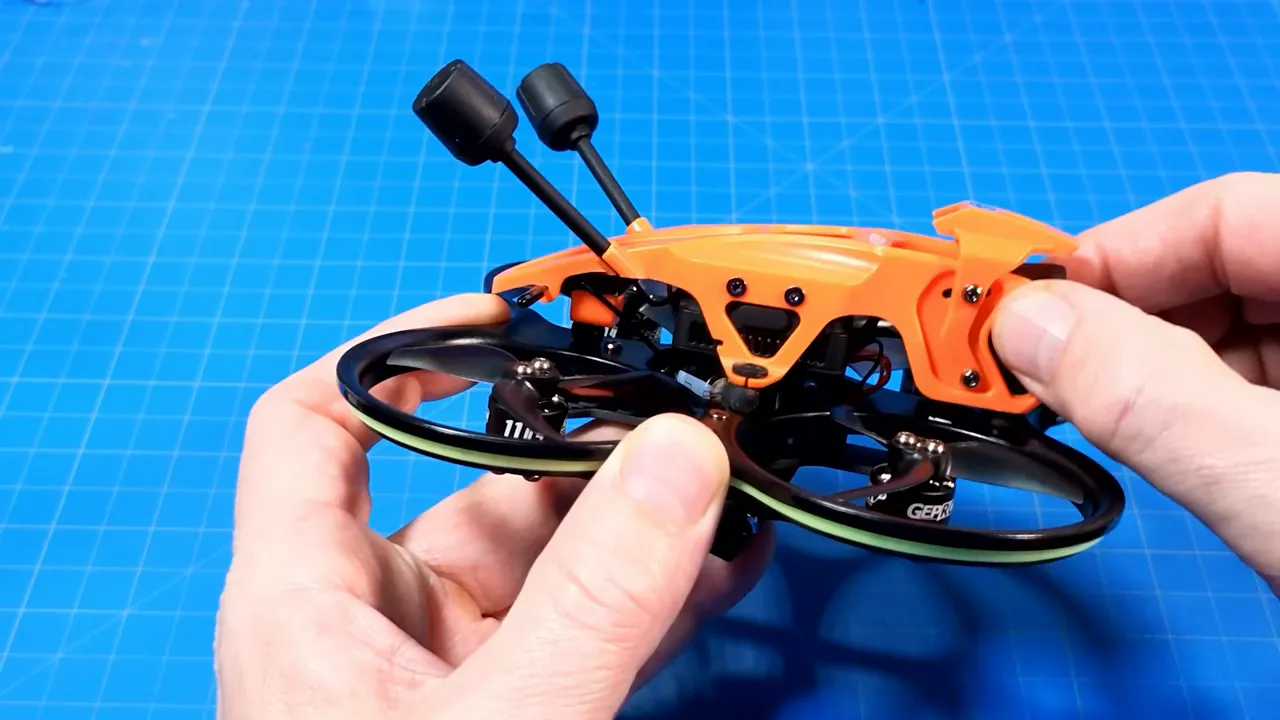
The canopy isolates vibration but rests on rubber grommets that can tear in hard impacts. If the flight style includes frequent crashes, inspect grommets and connectors regularly.
Can camera angle be increased for high-speed chase shots?
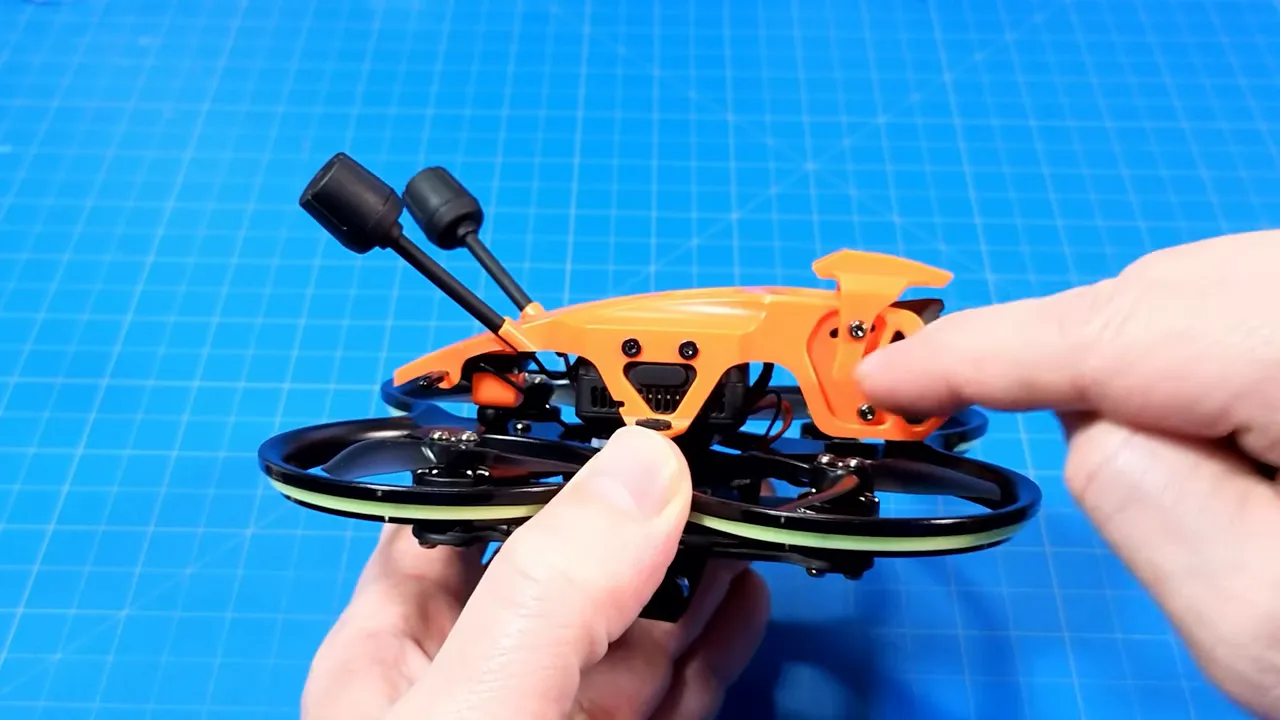
Yes — remove the hood or loosen top screws to tilt the camera forward. Beware hood intrusion into the frame if the camera tilts too far upward.
Is buying the O4 Pro as a standalone better than a bundled kit?
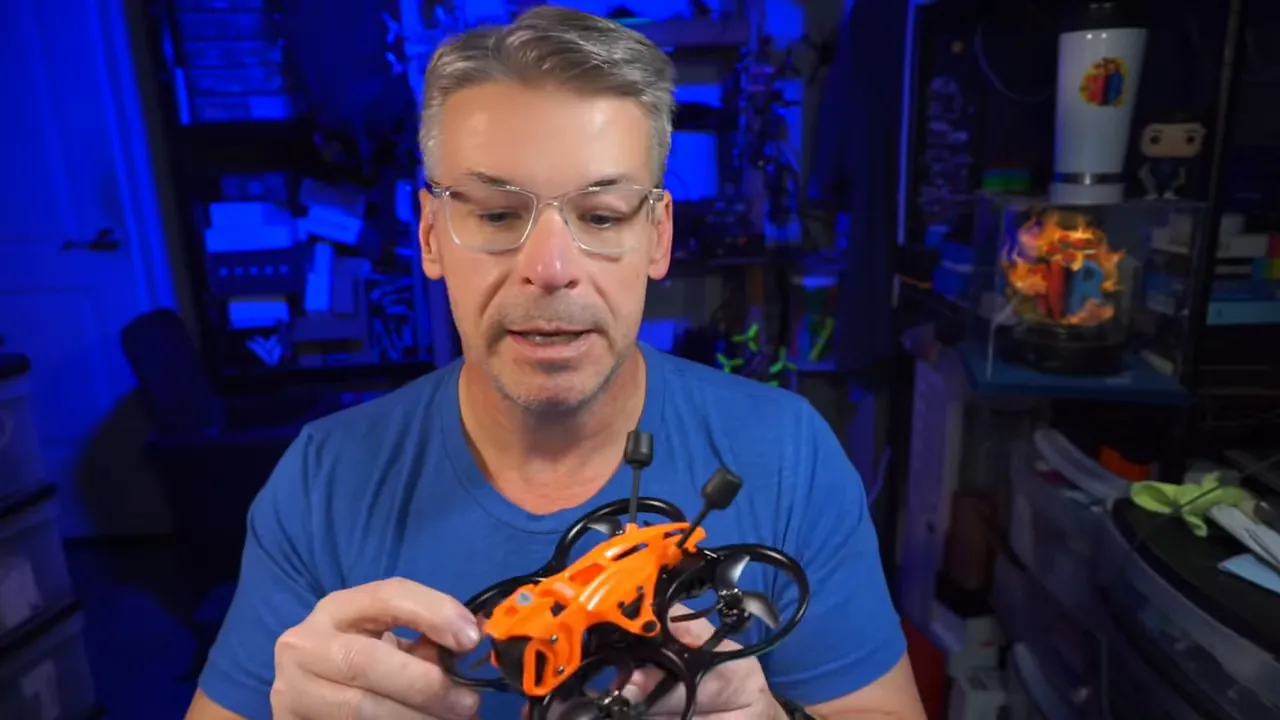
Bundled kits often avoid regional shipping restrictions on standalone DJI hardware. Bundles simplify logistics, though they cost more upfront.
Takeaways
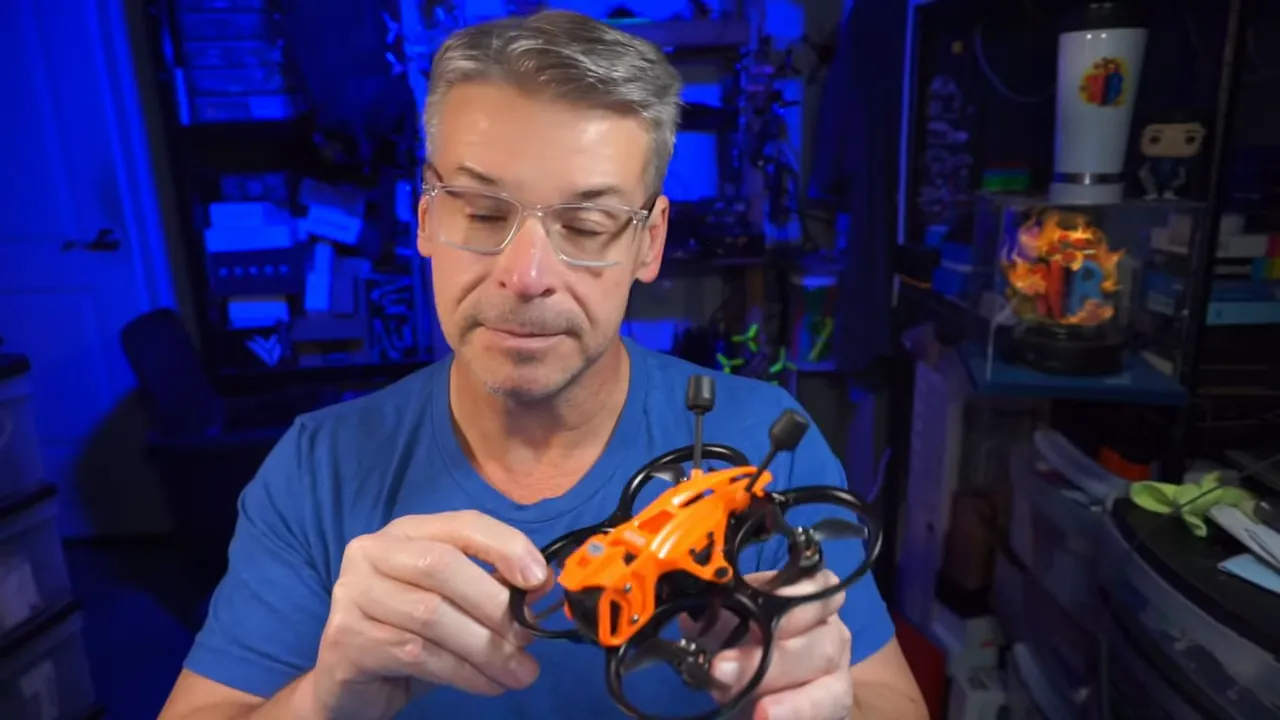
Quick bites for skim readers — tweet-length engineering notes.
- DarkStar22 pairs an O4 Pro with a floating canopy to prioritise cinematic stability over crash-hardiness.
- Rocksteady cleans footage well, but smooth flying technique still beats software correction every time.
- Expect 4 to 6 minutes per flight depending on battery size and wind — the 550 mAh often wins efficiency tests.
- Rubber dampers improve image but add a weak link; inspect gummy mounts and connectors after impacts.
This article was based from the video Cinematic Whoop // Vibration Dampening Galore // DarkStar22 O4 Pro


